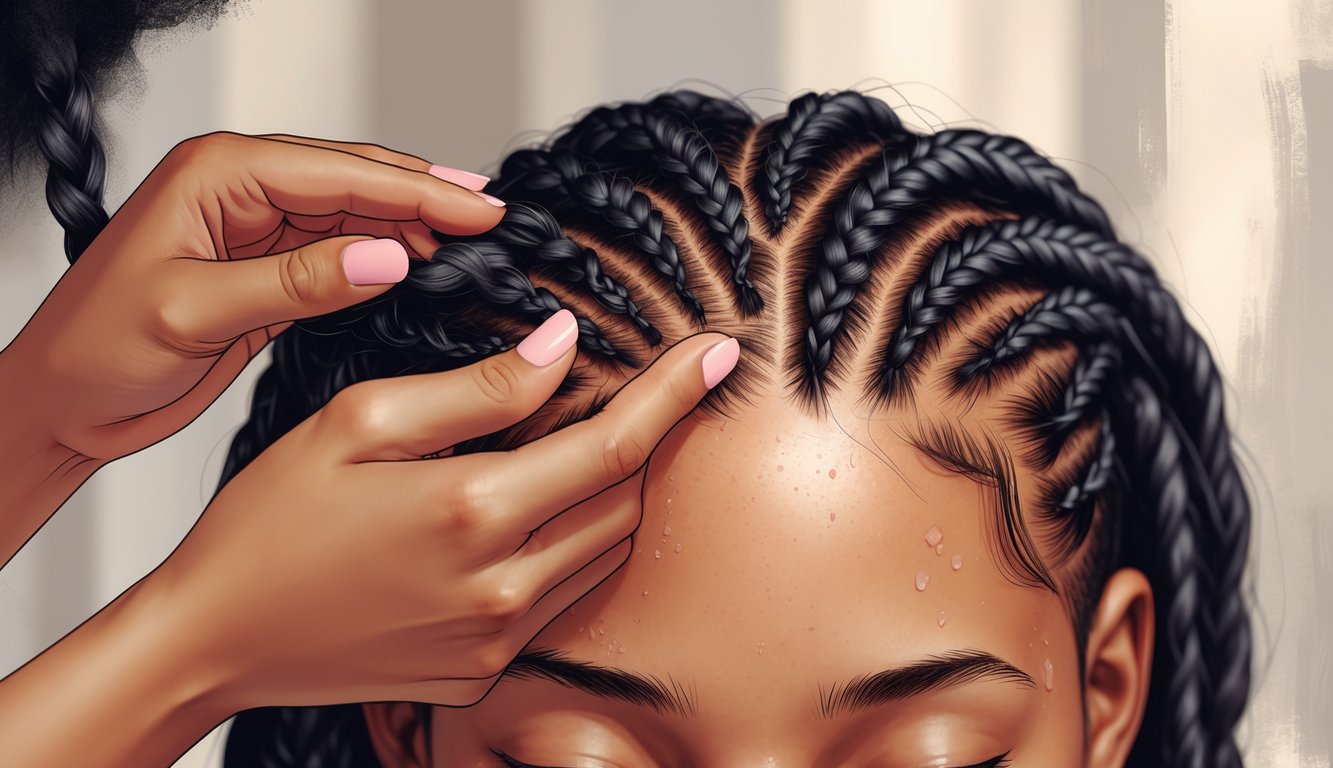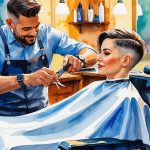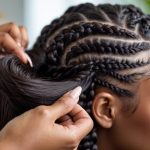
Recognizing the Signs of Unexpected Scalp Damage
The regret is instant. I’m poking at my edges in the mirror and suddenly—wait, is that a bump? Box braids aren’t supposed to feel like a failed science experiment, but here I am, questioning every “tight is good” comment I ever heard. Natural hair health always feels like a gamble, doesn’t it? Until your scalp starts screaming for help.
Early Red Flags: Soreness, Redness, and Itching
It’s almost funny how the first week with tight braids tricks you into thinking a little pain is normal. But then you get that lingering soreness, or your scalp is red and burning near the parts. That’s not a sign of “lasting power.” Hair experts keep saying that itchiness and irritation mean your scalp’s barrier is getting wrecked. I’ve heard stylists swear that even switching edge control gel brands changes everything for sensitive scalps. It’s not just me. The itch and redness get worse if I skip scalp oil, especially with thin, fresh braids.
Reading ingredient lists? I mean, who actually does that? But harsh chemicals just make things worse. If you’re constantly scratching, it’s not because the braids are “secure”—it’s your skin begging for help. For Black hair, if the itch doesn’t quit even after using calming sprays or aloe, that’s a giant red flag. Not the cute kind, either.
Scalp Bumps and Pustules
Why did nobody just say it? Those weird, sore little bumps on your scalp—yeah, they’re not “normal” or “just part of getting braids,” no matter what your aunties or YouTube says. Ever had those gross brown or yellowish crusts near braid knots? I wish I’d known sooner: pus and scabs mean your scalp’s basically waving a white flag—follicles are getting squished, maybe even infected, especially with box braids that trap all that sweat and dirt.
Honestly, people love blaming products, but it’s almost always the tension. That’s it. You can’t shampoo away micro-tears in your scalp. I’ve gotten those raised, painful welts by day three—so annoying—and if you’re one of those dry shampoo fans (been there, regretted it), just know you’re probably making things worse. Most dermatologists I’ve met? They’re blunt: ignore scalp sores and you’ll be stuck healing for weeks. Thin braids on fragile hair? Not the “safe” choice people claim.
Thinning Edges and Hair Loss
So, let’s talk edges—mine tried to escape my forehead entirely. I’m not even joking, my hairline started making up its own geometry. Every “box braid horror story” I’ve heard starts with someone suddenly missing a chunk of hair right at the temples, where those micro-braids get yanked the hardest. Trichologists (yep, that’s a real job) keep popping up in studies saying tight braids cause traction alopecia. That’s just a fancy way to say “your hair’s not coming back.”
If you feel tingling, or notice hair stuck to the fake extensions—don’t call it temporary. I’ve literally watched stylists argue about whether shea butter grows edges back or just hides the mess. Those shiny, flaky knots at your hairline? That’s your scalp screaming. Genetics get blamed, but it’s really the repeated tension, especially on Black hair, that starts the slow-motion fallout. It’s almost sneaky—months go by before you realize what’s happening.
Hidden Risks of Tight Box Braids According to Stylists
Scalp pain for days, and somehow everyone acts surprised. People keep repeating “protective style,” but the second you pull those synthetic sections too tight, that “protection” is just a myth. Bonnets, conditioners, whatever—they can’t undo weeks of tension.
Follicular Damage and Traction Alopecia
Pulling your edges tight for a sleek ponytail, feeling that dull throb by lunch—classic. Stylists and trichologists all say the real culprit is traction alopecia, but nobody tracks it until their baby hairs are gone. I’ve seen people come back from vacation with a literal bald spot where their part used to be.
Supposedly, box braids are “protective,” but too much pull means inflammation, and then the follicle just gives up. The wild part? People swear tight braids last longer, but dermatologists keep seeing more traction alopecia, especially in younger women who braid often. Had a client blame her shampoo for thinning temples—meanwhile, her scalp looked like a warning sign.
Pro tip: I use a thick, buttery leave-in—not because it fixes anything, but because it makes braiding tightly way harder. Basically, it forces me to go easy, which is better for everyone.
Persistent Scalp Sensitivity
It’s almost funny—people expect their scalp to bounce back after hours in the chair, but then they can’t even sleep on their side. I get DMs about headaches, burning, and weird tingling for days. Not gonna lie: that’s your nerves getting irritated, not just “soreness.” And it just piles up.
I see it most in women who get braids nonstop. Thin, red patches, maybe some bumps along the parts. Hair care guides say those “braid bumps” are your body fighting the style. Braids feel “tight and right” at first, but the scalp can’t take that beating forever.
I keep telling clients to switch up braid size and take breaks, but most ignore me until their scalp’s actually stinging every time they shampoo. Then it’s “what do I do?” Too late.
Long-Term Hair Health Concerns
No one ever talks about the long-term fallout. One year it’s some thinning, next year there’s breakage you can’t hide with a side part. Ask a dermatologist: once you traumatize those follicles over and over, no oil or scarf is fixing it. Your hairline just… moves back. And people still think marley hair is “saving” their ends, but two years of tight braids later, they’re Googling hair growth serums.
Recent studies say repeated tight braiding actually kills off follicles in high-stress spots. It’s not just breakage—it’s permanent hair loss, especially if you’re already prone to it. I joke about hairlines retreating half an inch a year, but nobody laughs—they just look in the mirror, worried.
Wish more people got that braids are only “protective” if you keep it loose and switch things up. Otherwise, you’re trading inches for a cute selfie. At least stylists are finally talking about safer options—see here. Of course, old habits are stubborn.



